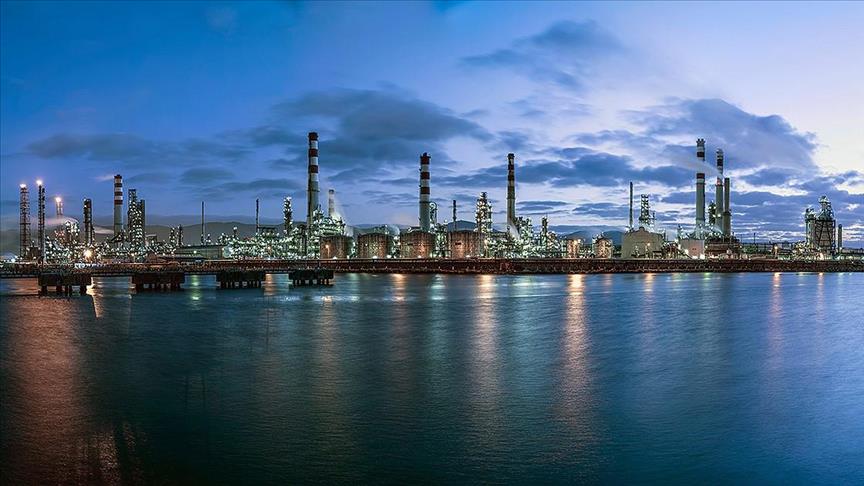

By Anadolu Agency
Oil prices climbed on Friday over signs of easing COVID contingency measures in China, as well as a weakening dollar, which increases traders’ appetite for cheaper dollar-indexed crude oil.
International benchmark Brent crude traded at $87.03 per barrel at 09.50 a.m. local time (0650 GMT), up 0.17% from the closing price of $86.88 a barrel in the previous trading session.
At the same time, American benchmark West Texas Intermediate (WTI) traded at $81.25 per barrel, a 0.04% gain after the previous session closed at $81.22 a barrel.
Concerns have grown about the global economic slowdown in the face of rising inflation rates and the ongoing conflict in Ukraine, which continues to stymie trade, particularly in Europe, as well as bearish economic data in China following months of disruptive COVID-19 lockdowns.
Concerns have been alleviated in part after Chinese authorities stated that they may modify the strict ‘zero-COVID’ policy that sparked a wave of protests in the country and dampened demand pressure on oil prices.
‘With the decreasing toxicity of the Omicron variant, the increasing vaccination rate and the accumulating experience of outbreak control and prevention, China’s pandemic containment faces a new stage and mission,’ state news agency Xinhua quoted Vice Premier Sun Chunlan as saying on Wednesday.
The declining value of the US dollar aided higher oil prices by making trade more appealing for oil buyers using other currencies.
The US dollar index, which measures the greenback’s value against a basket of currencies, including the Japanese yen, British pound, Canadian dollar, Swedish krona, and Swiss franc, fell 0.06% to 104.62.
Investors are now awaiting the OPEC+ meeting on Friday, Dec. 4, and the EU ban on Russian oil exports that is due to come into force on Monday, Dec. 5.
Analysts are discussing various scenarios for the OPEC+ group’s possible decision, including the likelihood of either maintaining the current production scheme or implementing a partial or significant production cut.
Experts say a decision to keep the status quo would maintain current prices, while a huge output cut would support an upward price trajectory.
We use cookies on our website to give you a better experience, improve performance, and for analytics. For more information, please see our Cookie Policy By clicking “Accept” you agree to our use of cookies.
Read More